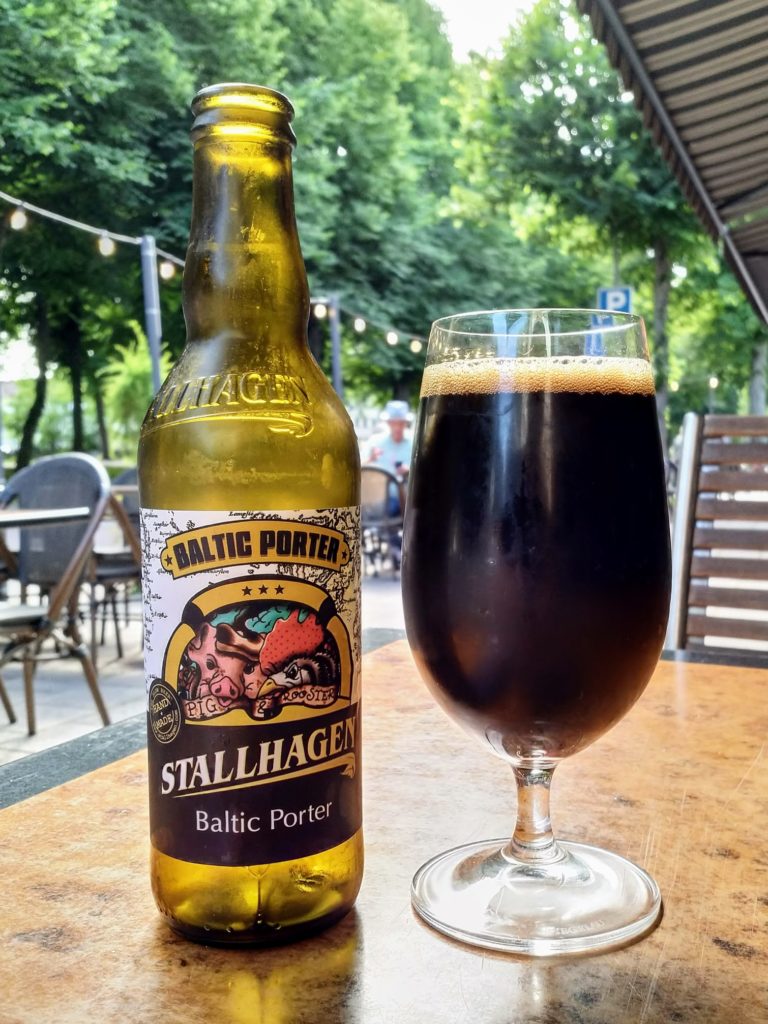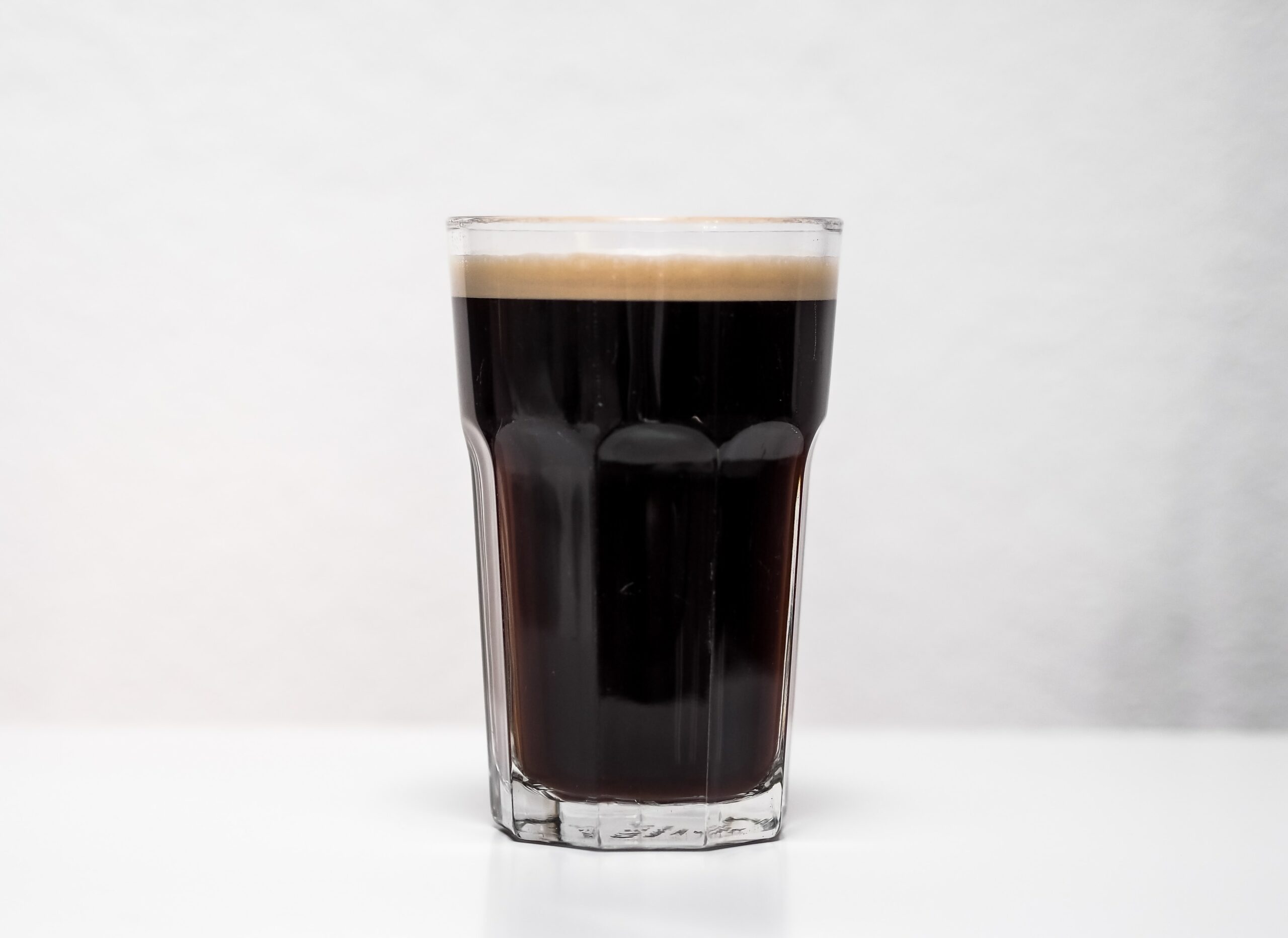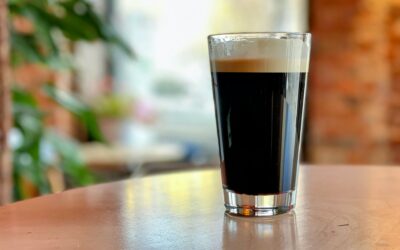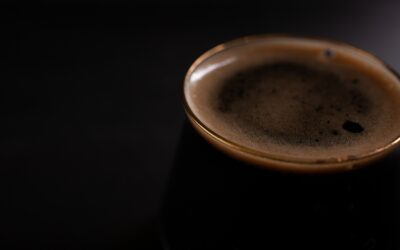Where porters differ from stouts, the tendency is for the former to have more fruitiness, a somewhat lighter colour, restrained roasted bitterness and a more prominent malt character. This is rarely reflected in historic norms, but then no beer style is shackled to its history.
While porter has started to be made in Ireland in all modern styles, we have not included Irish plain porter, as this was a brand name adopted by a well-known Irish craft brewery for the lightest of its dry stouts, taken from a poem by spoof poet, Myles na gCopaleen, and not an actual historic beer style.
British porter
Modern British porters tend to differ from stouts by having elements of ale-like fruitiness with a restrained level of roasted bitterness, ending with a prominent malt character and dabs of toffee, caramel and chocolate. Having died out in mainland Britain in the 1960s, and in Northern Ireland by 1973, porter’s revival in the UK can be traced to the Penrhos Court brewery in Herefordshire, part-owned by Monty Python’s Terry Jones and Michael Palin, which first brewed its Porter in 1978. Other breweries soon followed, using recipes that relied in equal parts on memory and brewery records. Some divergence between lighter (4.0-5.0% ABV) and more robust versions (up to 6.5% ABV) is now occurring, as is the addition of essences, with varying degrees of success.
Baltic porter
London brewers began exporting strong porter to the Baltic port of Danzig (now Gdánsk) in the 18th century, prompting brewers in Sweden, Finland, Poland and the Baltic States to start mimicking the style with varying degrees of success. The Finnish version has always been top-fermented, as have most others. From 1870 however bottom-fermentation became the norm in Poland and in the Baltic States. Modern versions (6.5-9.5% ABV) tend to be rich and heavily caramelized, with dabs of roasty bitterness. Danish variants of the same style, which tend to be at the lighter end, are often branded as stouts.
EBCU Workshop “All About… Baltic Porter” on Youtube.

American porter
Porter was certainly made on the East Coast of the United States, prior to Prohibition, and maybe for a lot longer. It was revived in 1972 by Anchor Steam brewery in San Francisco. Its modern version owes much to the enthusiasm for ‘more’, in this case meaning more grain, more brown malts than black, and more aroma hops, ending a tad stronger than others (4.8-6.5% ABV).
Smoked porter
Every now and then a brewer does something simple and creates a modern classic. In this case it was the Alaskan Brewing Company, in 1988, that added some smoked malt to their existing Porter and created an instant success. Since then as interest in craft beers has spread and groups of enthusiasts start testing out their palates, this unusual style (5.5-6.5% ABV) will sidle up, as if it had always been there. Smokiness will have featured in porters, as it did in all beers, prior to the invention of coke ovens in the 18th century but whether it was retained after that time is unclear.





